In 2015 when IOM X was just a few months old we brought together 20 youth leaders from all 10 ASEAN countries in Bangkok for the IOM X ASEAN Youth Forum. The goal was to connect with amazing young people who were passionate about social change and the issue of human trafficking and to share knowledge and resources to help them make an impact.
Now, more than two years later, what are they up to? We reached out to five of the participants and asked them for an update!
- What have you been up to since the IOM X ASEAN Youth Forum?
I coordinated with my colleagues after the IOM X ASEAN Youth Forum and implemented several youth capacity-building activities on safe migration and anti-trafficking, and a social media information campaign under the banner of “ASEAN Youth Ending Slavery” in the latter part of 2015.
In 2016, in cooperation with my colleagues from the ASEAN Young Public Servants, we were able to implement a youth skills-building boot camp for Rohingya refugees in Kuala Lumpur, Malaysia, where I led the anti-trafficking and safe migration session. I was also invited to attend the Laureates and Leaders Summit for Children at the Presidential Palace of the Republic of India with other Students Opposing Slavery delegates where we met the Dalai Lama and Kailash Satyathri, the child rights activist.
Currently, I am a youth development practitioner living in Manila, Philippines, serving as Executive Director of IYC Pilipinas, and concurrently serving as an Expert Advisory Committee Member for Family Planning 2020, Youth Advocate for the Global Partnerships for Education, and Youth Advisory Panelist for the UNFPA Philippines and UNESCO GW Asia-Pacific. I have also just started working as a Special Programs & External Affairs Unit Member at the National Youth Commission - Office of the Philippine President, the country’s youth development agency.
2. Are you still involved in the issue of human trafficking in any way?
As a youth development practitioner and anti-trafficking advocate, I continue to advocate for youth involvement in the prevention of human trafficking and the promotion of safe migration and decent work through active participation in policy consultations.
I, and members from International Youth Council Pilipinas, were able to influence the Philippine Government plans on anti-trafficking and youth development and inject the youth perspective on the prevention of human trafficking and the promotion of safe migration and decent work through our active involvement in the consultations for the Inter Agency Council Against Trafficking’s (IACAT) Strategic Plan and the Philippine Youth Development Plan (PYDP). We are now waiting for the final versions of these important government documents. Also, in recent consultations with the Department of Labor and Employment in May 2017, we were able to add input on the protection of youth from trafficking and the promotion of decent work.
In my profession, I am exploring possible programs and avenues where the I can mainstream the prevention of trafficking and the promotion of safe migration and decent work.
3. Is there anything that has stuck with you from the youth forum?
The discussion on Communication for Development and the role-playing activities have stuck with me as it reaffirmed the need for strategic messaging whenever we are trying to communicate about sensitive issues like trafficking. Messaging through fear and pity may not drive the message of urgency among the target audience as the people might feel scared to even understand the issue rather than taking preventive measures for their safety.
I applied this approach during the review of the last IACAT Strategic Plan as I and my colleagues commented that anti-trafficking materials are based on inciting fear among people instead of understanding. This approach was also effective during the role-playing session with the Rohingya refugees on safe migration practices. The participants were able to role play this sensitive issue without triggering trauma, and some of them have directly experienced human smuggling and trafficking.
4. Do you have any advice for young people who want to take action against human trafficking?
Young people must explore all possible avenues in order to effectively campaign against human trafficking. Community engagement, policy advocacy, capacity-building of potential youth leaders, developing projects and programs for awareness, creative and performing arts, and more can be done to raise awareness and change mindsets about this issue. No activity is too small. All forms of advocacy must converge and work symbiotically to achieve the meaningful change that we want. Always remember, this is not just about you. It is all about involving people of different backgrounds and persuasions to contribute.
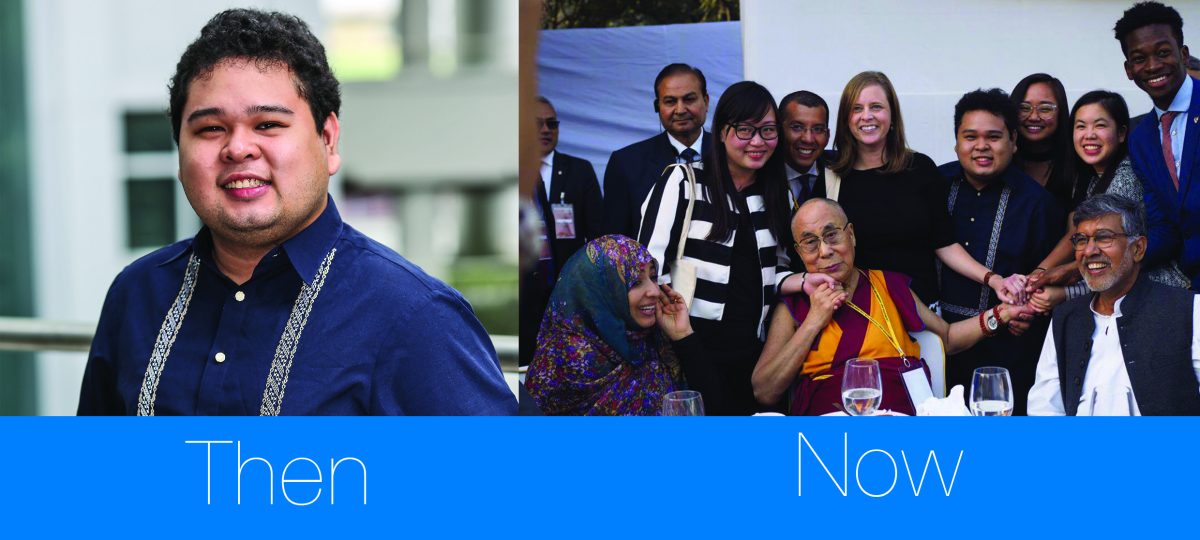
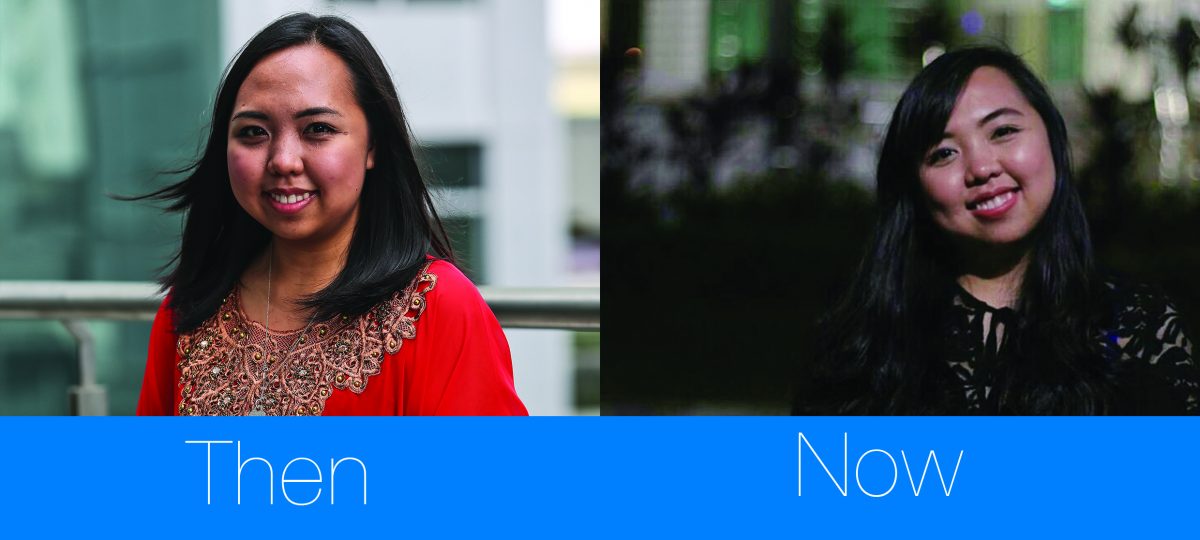
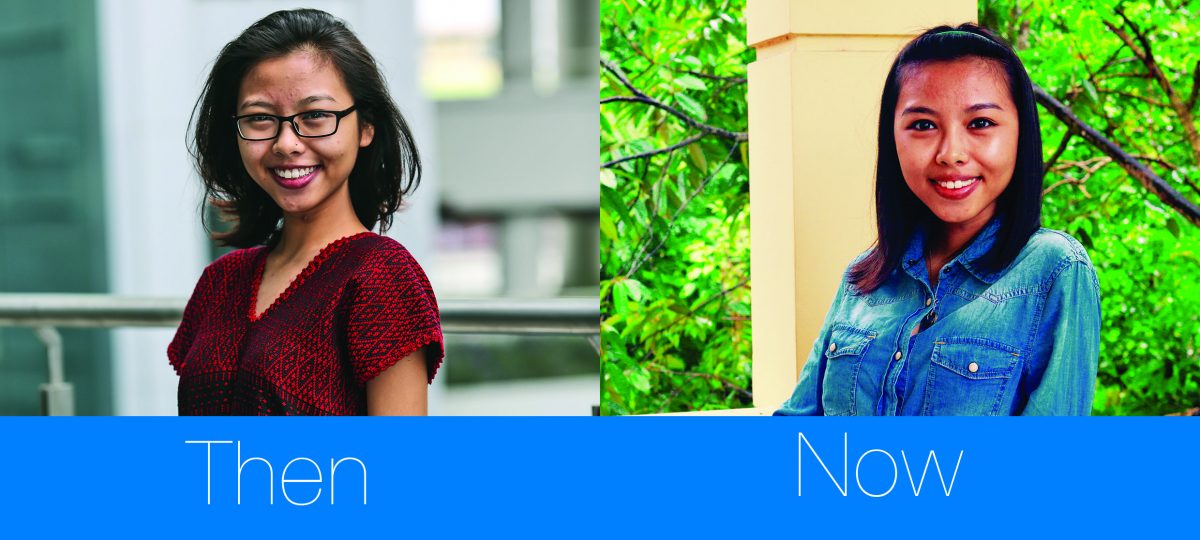

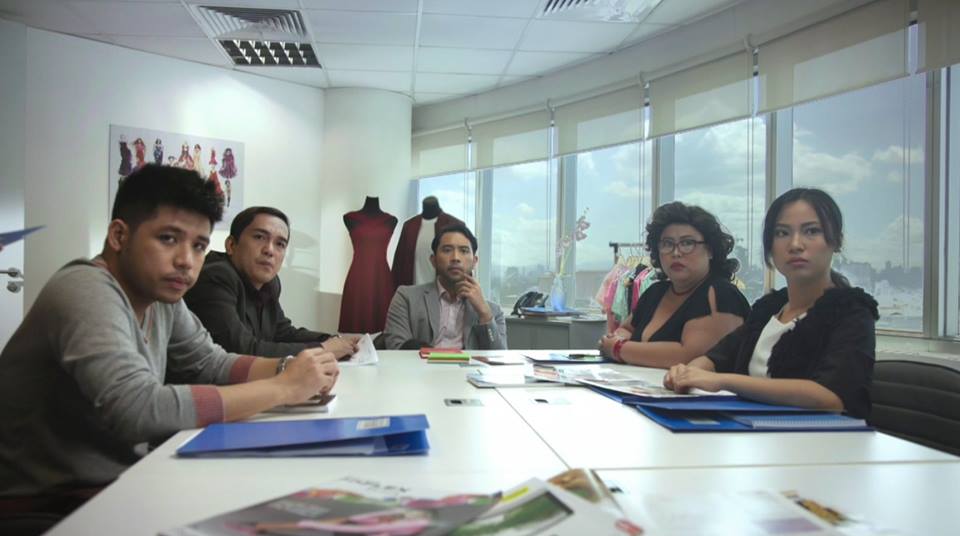
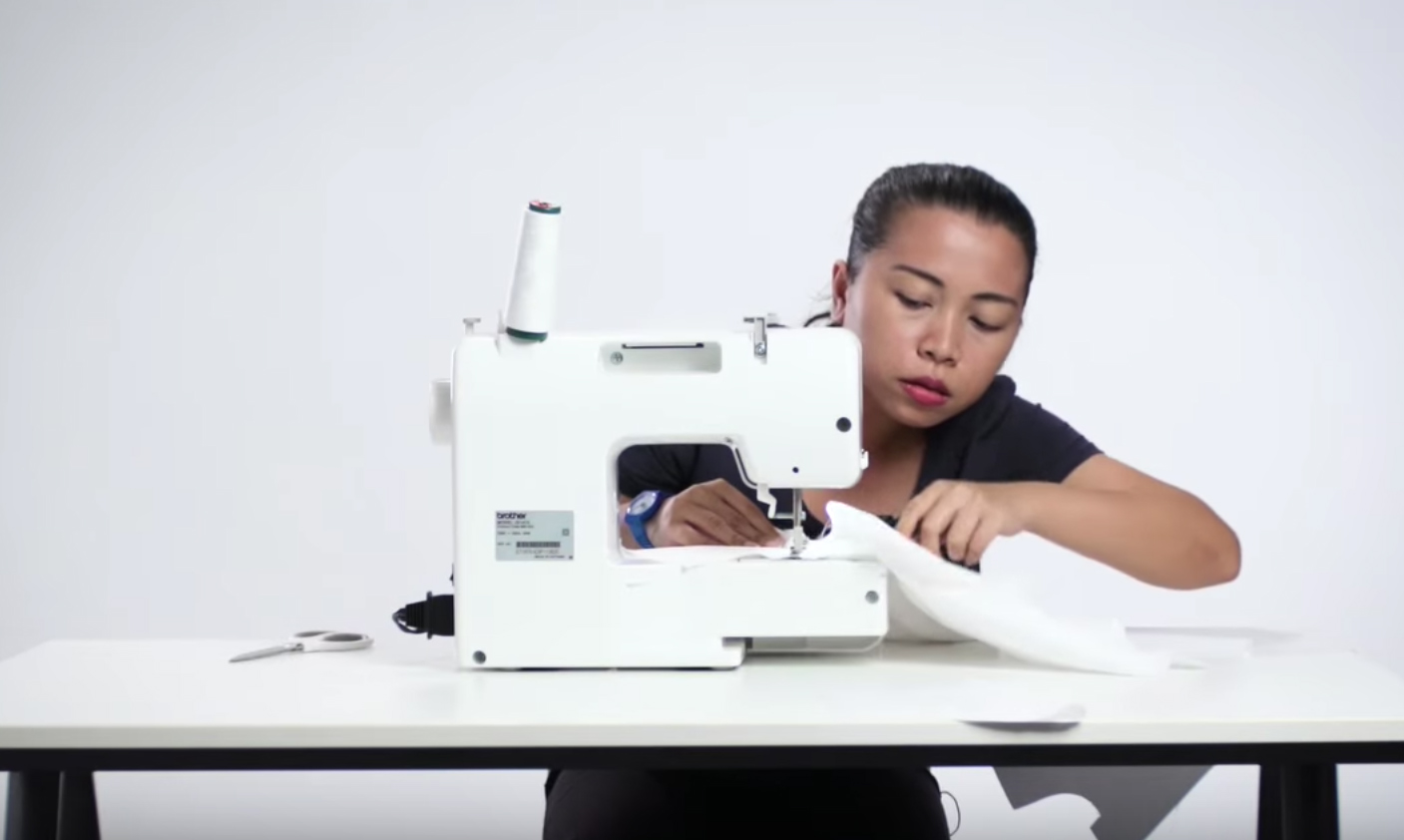
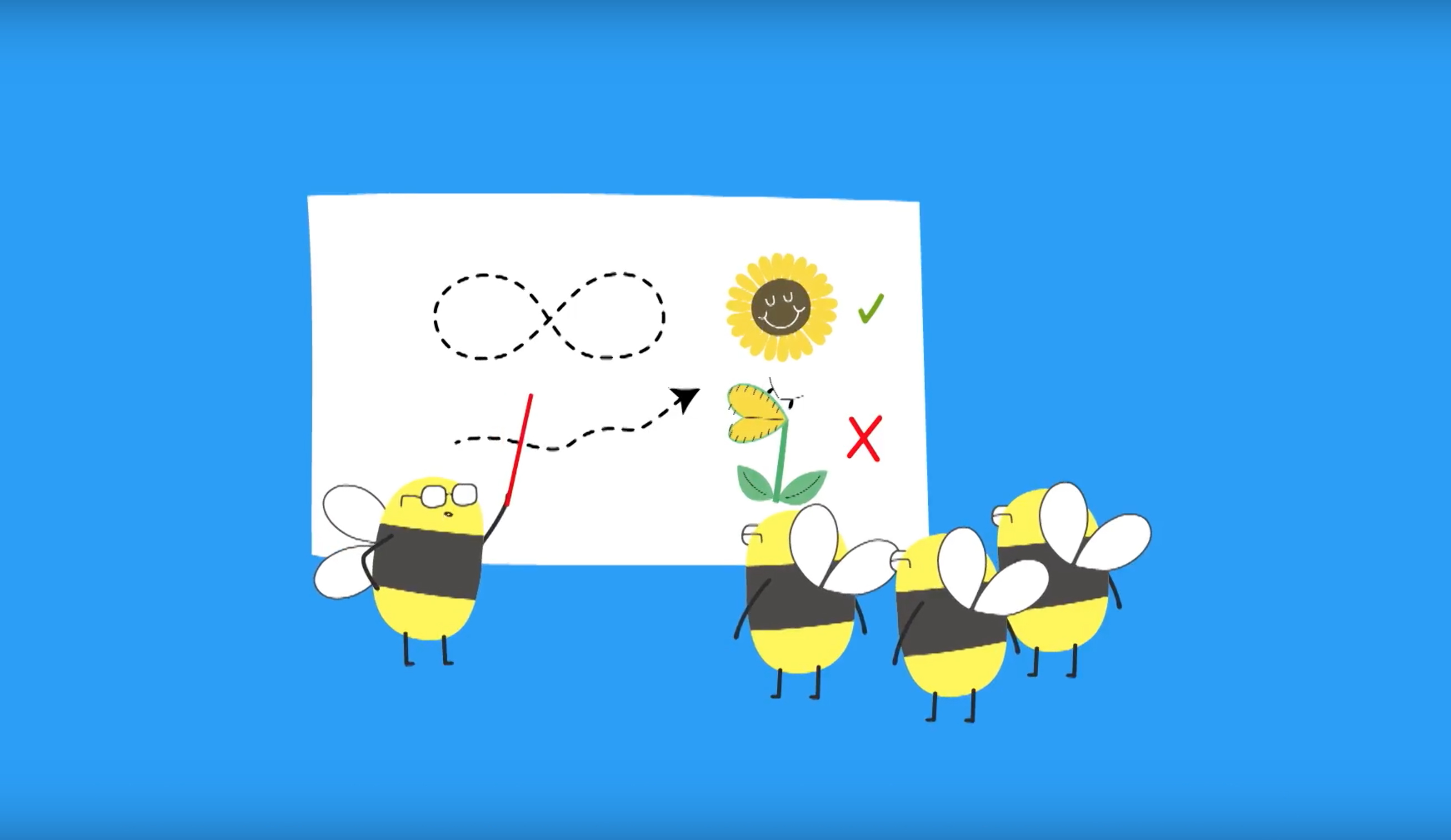

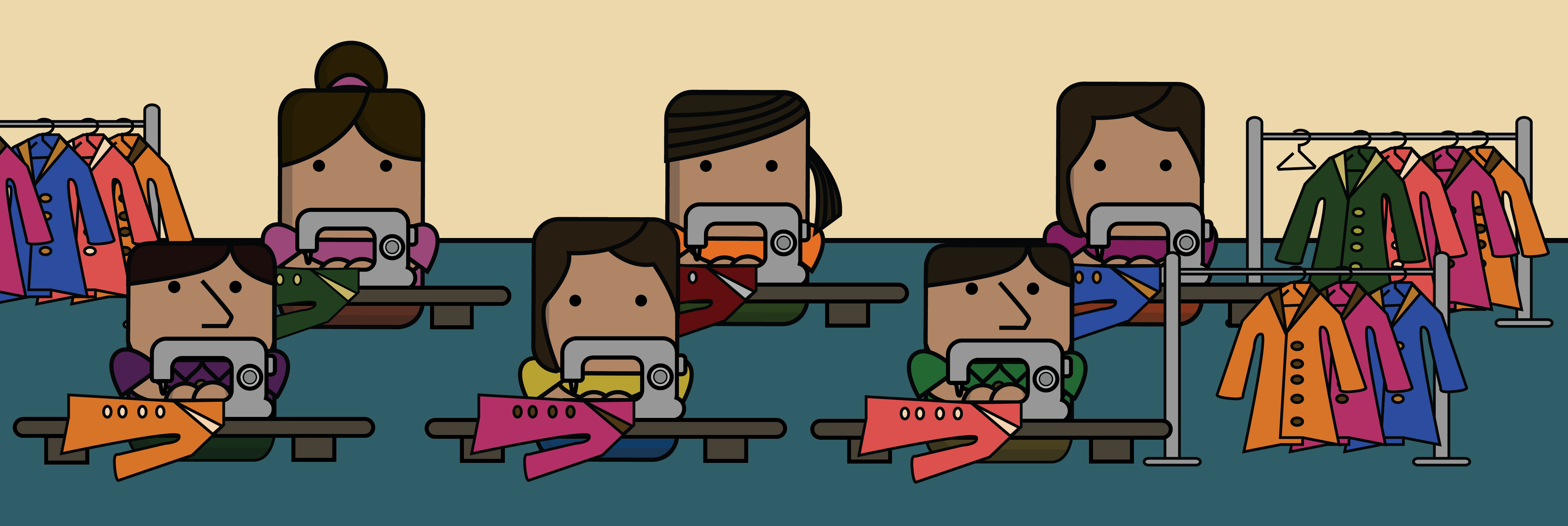
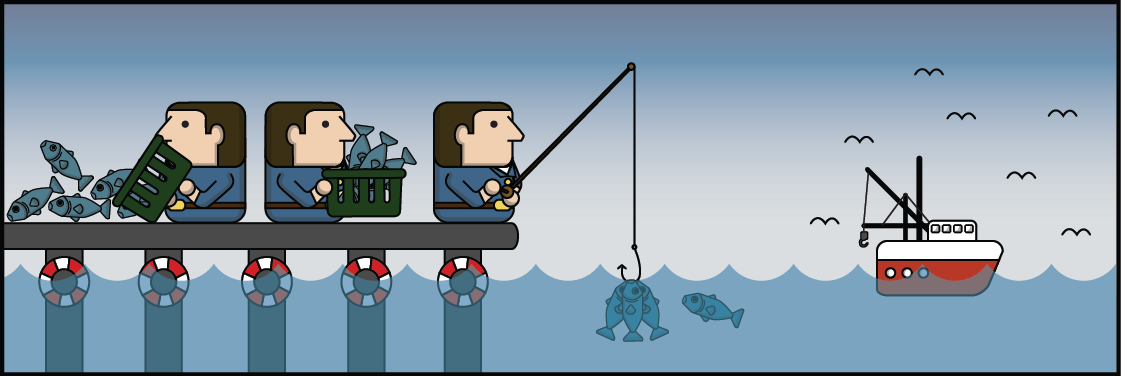
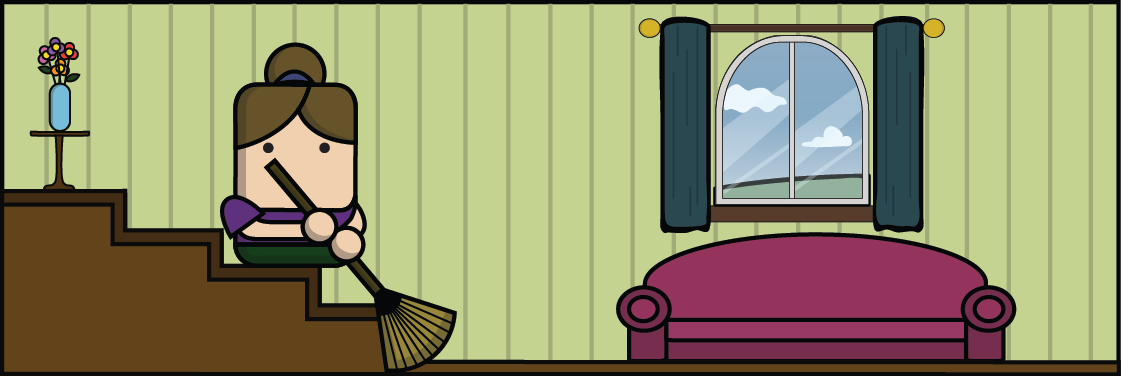
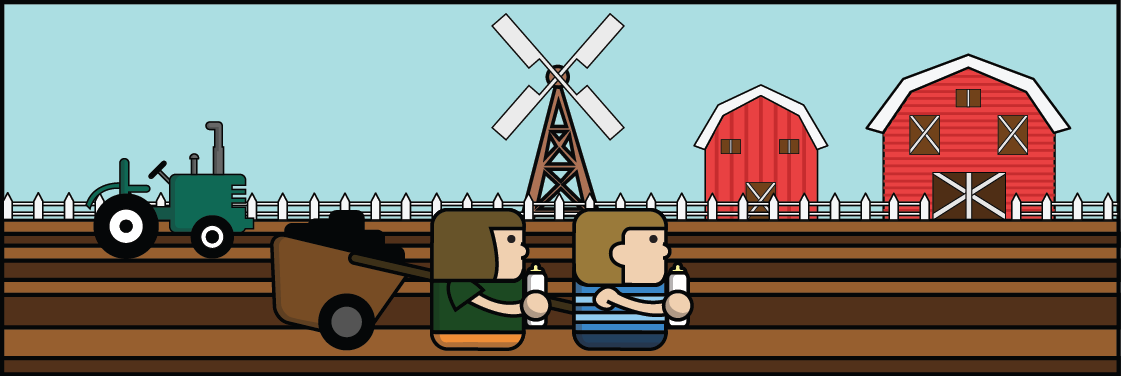
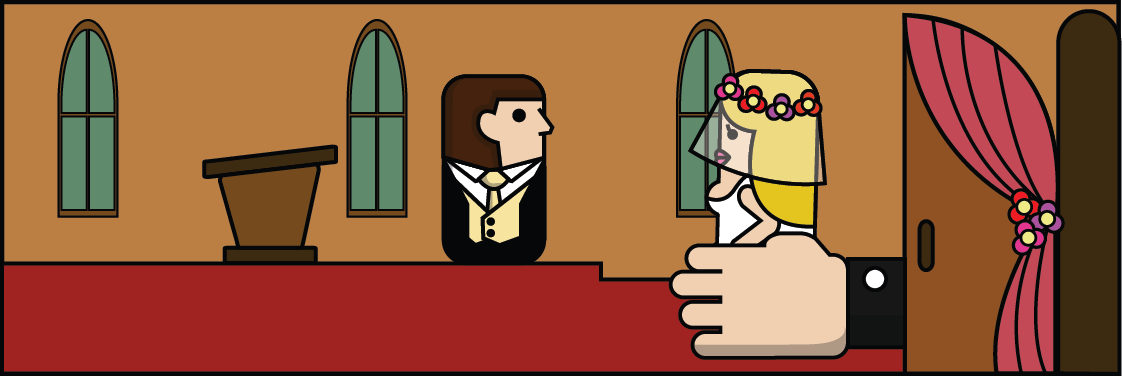
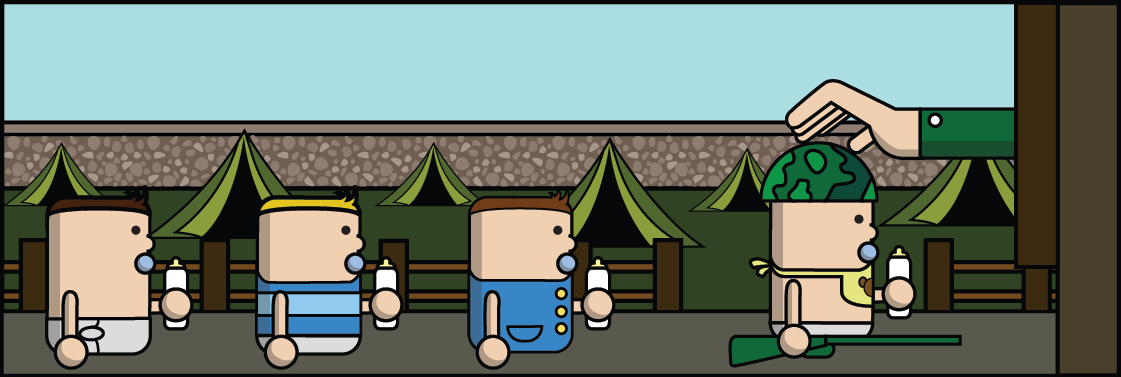
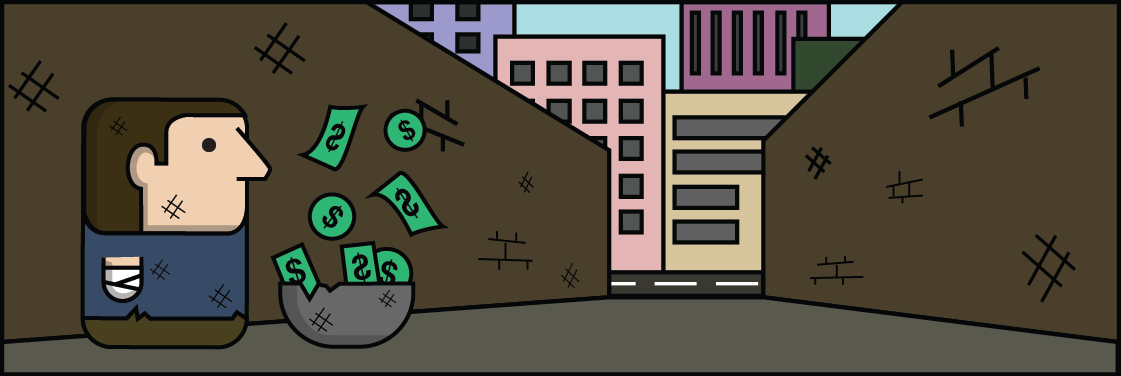
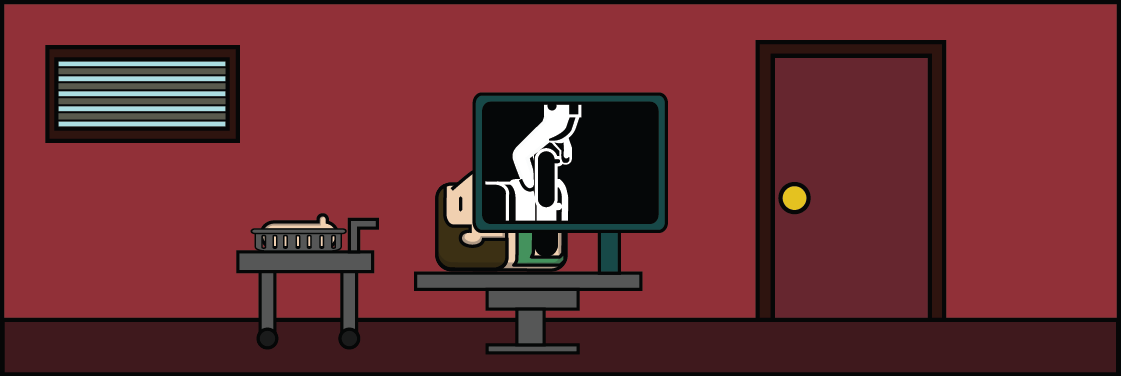
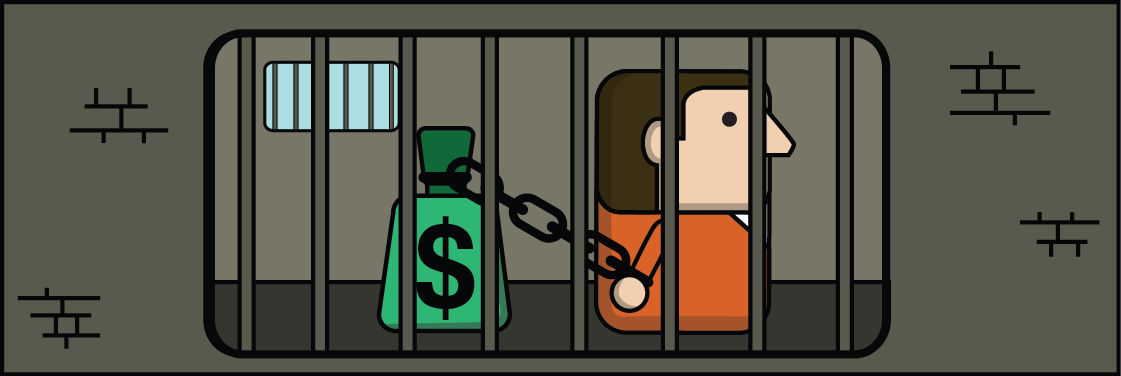
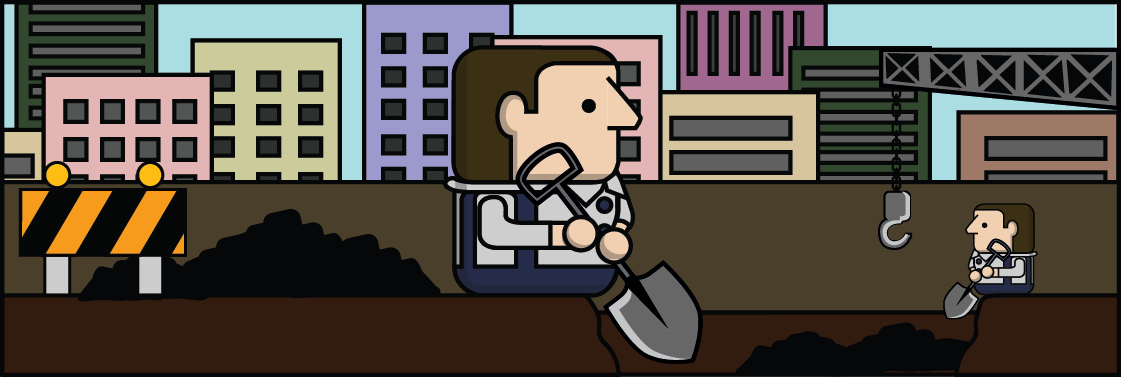

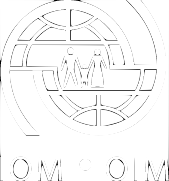 Power by
Power by